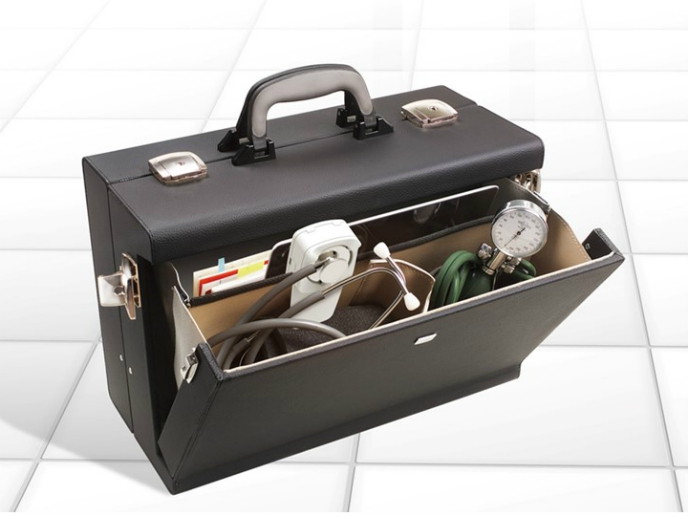A revolutionary microelectronic device keeps stethoscope contamination at bay
Healthcare-associated infections are a major concern as they are associated with high morbidity and mortality. Those most at risk are the elderly, newborns with immature functions and patients with an immune deficiency as well as transplant and intensive care patients. A common source for these infections is medical equipment like the stethoscope. Although many within the scientific community stress the need to disinfect them, finding an easy, practical and adoptable solution is challenging. This combined with the fact that there are no gold standards for disinfection, adds to this struggle. Introducing the STET CLEAN product To address these challenges, the STET CLEAN project evaluated the effectiveness of a device for the disinfection of stethoscope membranes in a real setting. “The STET CLEAN product is an innovative microelectronic device equipped with ultraviolet-C (UV-C light-emitting diodes (LEDs) invented, designed and created by egoHEALTH to allow hospitals and healthcare centres to disinfect stethoscope membranes quickly and automatically,” explains project coordinator Prof. Gabriele Messina. “It is lightweight, portable and customisable. It is also practical, technologically innovative, efficient and effective, safe for the operator and patient, cost-saving and eco-friendly,” reports Prof. Messina. The device has been designed so that it can be placed on a coat pocket, belt or on the desk. Once the stethoscope’s head is coupled with the device, it is automatically disinfected by irradiation with UV-C from an LED. The device includes a battery power supply, rechargeable with a micro USB connector, and a microcontroller that supplies customised current to the UV-C LED and to the system. To avoid harm from UV-C light, UV-C emission is only possible when the stethoscope head is attached. Phase 1 conclusions “During Phase 1 of the project, we wanted to increase our knowledge so that we could have greater penetrability of the product in a health environment,” notes Prof. Messina. Project partners discovered that they would need to explore and introduce several adjustments in the future to make the device even more performant, universally usable and cost-competitive. This will be essential as “the latest developments in the UV-C LED sector are entering the market quickly and competitively,” adds Prof. Messina. The project team also found that some of their adopted strategies will need to be revised. One example is further technological advancements that could have repercussions on the selling price. “We also re-evaluated that some ideas were good. This included the hypothesis of developing a simpler and cheaper version of the product for some markets, and the possibility of producing a version that cannot be worn in a pocket but has a permanence on the head of the stethoscope,” confirms Prof. Messina. “We are considering proceeding with the drafting of a business plan that will implement the new acquisition of knowledge. We are evaluating possible partnerships that can support the product not only in the engineering phase but also in the distribution phase,” says Prof. Messina. There is more to come from the STET CLEAN device. A video is available for further information.
Keywords
STET CLEAN, device, stethoscope, UV-C, disinfect, LED, healthcare, microelectronic, patients, contamination



